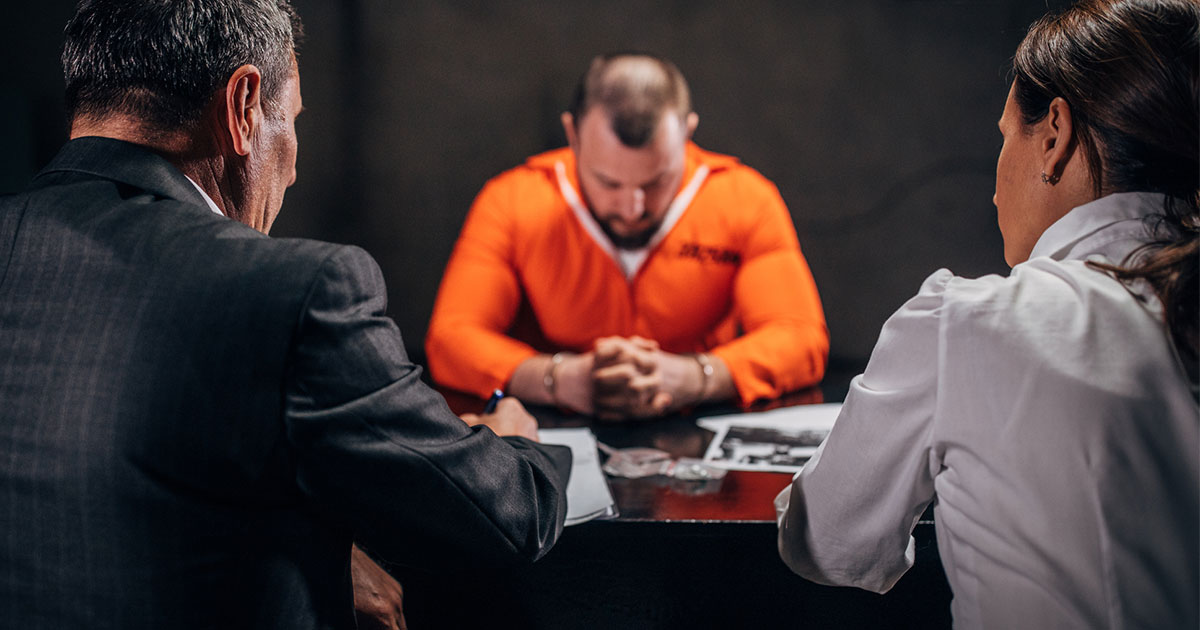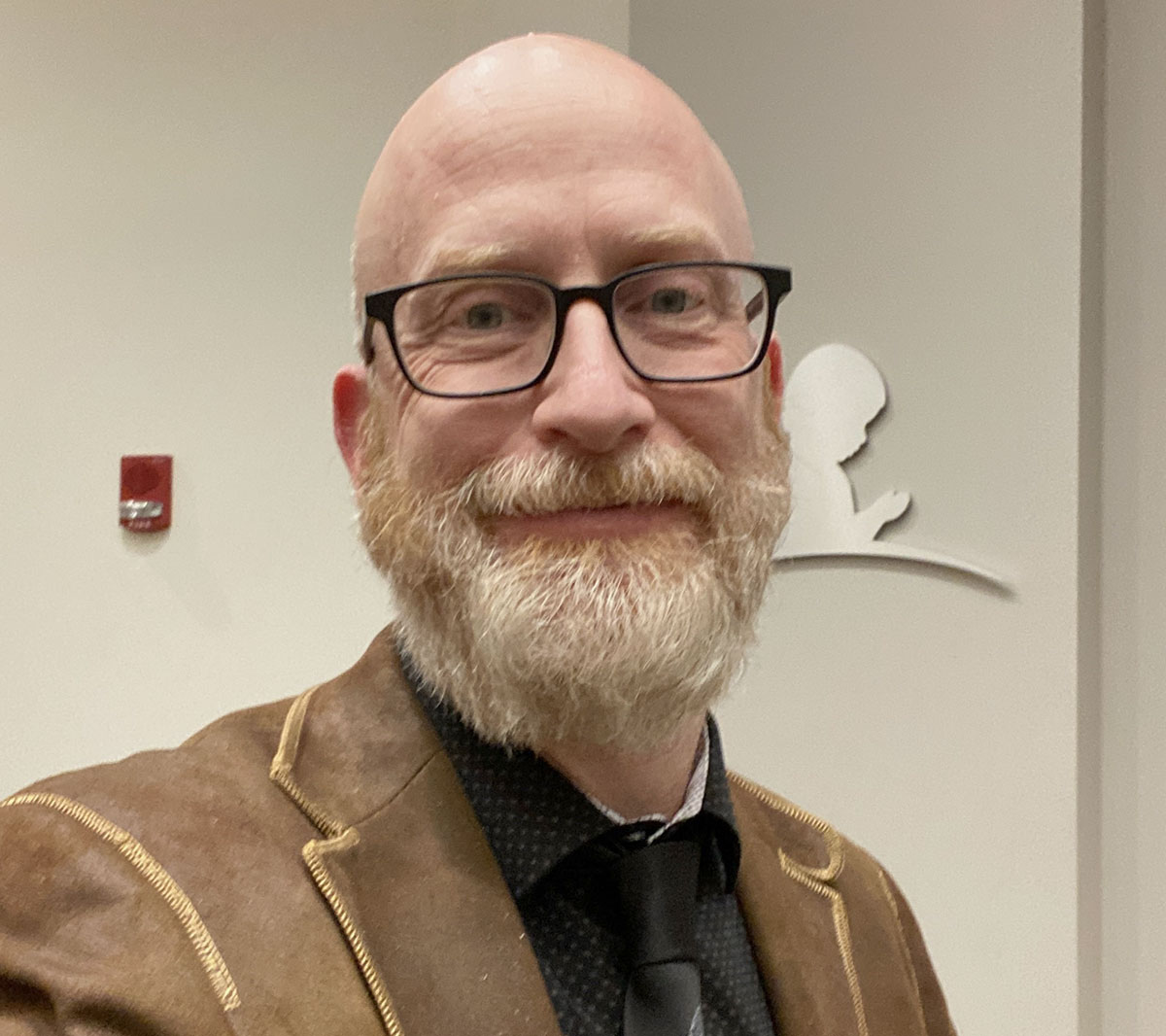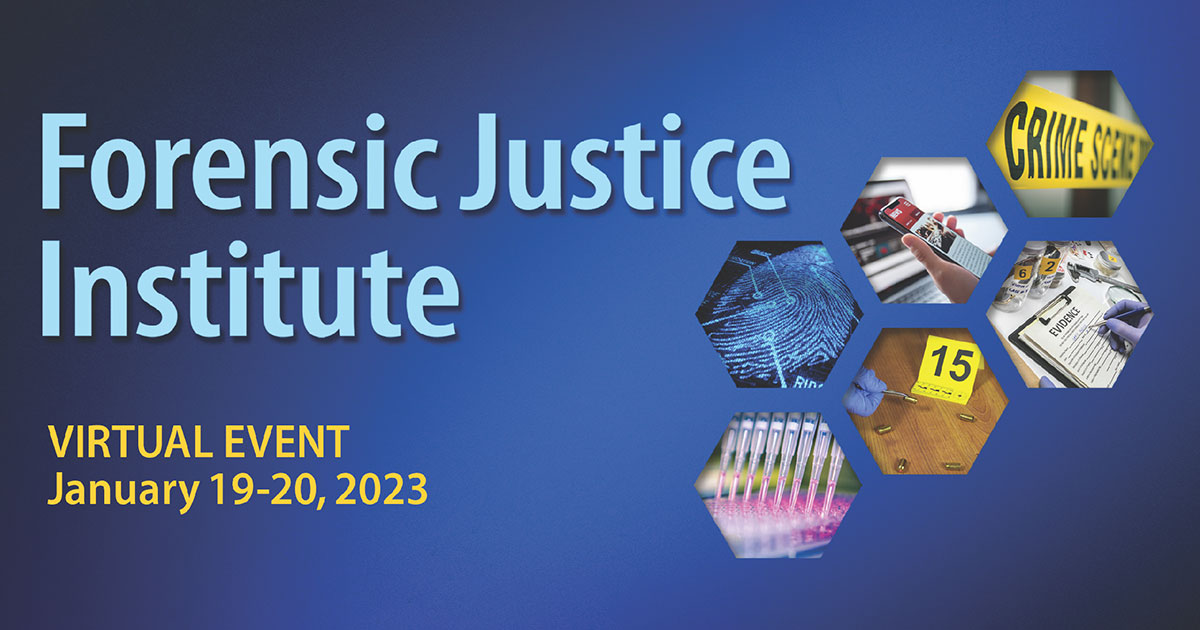
Dec. 7, 2022 – In
The Republic, Plato used the allegory of cave dwellers viewing shadows cast by firelight to make the point that reality as perceived by our senses is incomplete.
Nearly 2,500 years later, science is confirming the truth at the heart of Plato’s famous allegory.
“Our perception is distorted all the time,” said Craig Stark, Ph.D. “What got in wasn’t some video recording of an event – you can’t go back and inspect it later as if it’s a picture.”
Stark, a professor of neurobiology at U.C.-Irvine, is one of the presenters at the State Bar of Wisconsin’s second annual
Forensic Justice Institute (FJI). The virtual event is scheduled to be held on Jan. 19-20, 2023.
Your Lyin’ Eyes
Stark is an expert in long-term memory and researches false memories in eyewitness testimony. He said that contrary to popular belief, our memories are fragmentary.
“What got in are just a few bits and pieces from that event and any time you retrieve a memory, you’re filling things in based on how you expect the world to be,” Stark said. “We take a whole collection of our past experiences and we use that to fill in most of what we’re retrieving.”
The reason for that, Stark said, is evolutionary. Humans’ capacity for memory evolved to groove big-picture lessons in our brains, not detail.
“We have memory to let us make better decisions in the here and now so that our past can guide us,” Stark said.
That reality has profound implications for eyewitness testimony, especially as it regards the physical description of suspects and other important details in criminal cases.
Making matters worse, Stark said, is the fact that each time a flawed memory is called up in the mind, it gets reinforced.
“As soon as [a mistaken identification] has happened, now every time you remember it, you remember it with that person’s face,” Stark said. “Every time you remember something, it’s a chance to stick it back into your memory and update the contents of it.”
The flawed nature of human memory can also affect jury deliberations, Stark said.
For instance, once jurors leave the jury box, they may struggle to remember which witness testified about a certain piece of evidence, or which side’s lawyer introduced the evidence, or whether the evidence came in response to a leading question – each a potentially critical issue in a criminal case.
Stark said he knows of one judge in Ohio who has modified standard jury instructions to take into account some of the new research and findings into the limits of human memory. But the larger problem remains, he said.
“The real problem is we don’t realize that there’s a problem. Two-thirds of people think that memory works like a video camera.”

“Our perception is distorted all the time … What got in wasn’t some video recording of an event – you can’t go back and inspect it later as if it’s a picture,” says Craig Stark, a professor of neurobiology at U.C.-Irvine. He is one of the presenters at the State Bar of Wisconsin’s second annual
Forensic Justice Institute (FJI). The virtual event is scheduled to be held on Jan. 19-20, 2023.
Objective vs. Subjective
Firearm identification is another form of evidence undergoing heightened scrutiny, according to FJI presenter Kristen McCowan, Ph.D.
McCowan, a researcher with the
Center for Integrity in Forensics Sciences, said firearm identification evidence is often as much subjective as it is objective.
“The word science has a pre-conceived notion that it’s going to be objective and about the facts, where firearms identification is basically a feature comparison and relies a lot on subjective judgments,” McCowan said.
McCowan cited a study that examined the validity of firearm identifications.
The study had firearm identification experts unknowingly re-examine bullets that they’d already examined and matched to a gun. In 30% of the cases, the expert came to a different conclusion when examining a bullet for the second time.
“One of the problems with the science is that a lot of the studies that exist focus only on validity – here’s one examiner looking at a bullet, and did they get it right or not,” McCowan said. “What we’re now thinking more about is reliability – is there a consistency with these judgments?”
McCowan said the study highlights a mismatch between the reliability of firearm identification evidence and the liberty interests at stake in a criminal prosecution.
“Seventy percent might seem high enough statistically. But these are real cases with real lives on the line, and I think there needs to be a much higher standard for consistency,” McCowan said.

“Confidence isn’t necessarily a good indicator of accuracy but for a juror it might still come into play because they rely on different cues because they’re not trained in the science,” says Kristen McCowan, a researcher with the
Center for Integrity in Forensics Sciences.
Bullet fragments are often damaged, making an examiner’s job more difficult, McCowan said. McCowan, who has her doctorate in the psychology of law, said that human biases often cloud objectivity too.
“If you’re hired by the prosecution, adversarial allegiance is going to come into play … There is a confirmation basis that’s often present. They kind of know what answer they’re expected to give, and they might even unconsciously be swayed toward a certain opinion if they’re on the fence.”
McCowan said many jurors are not equipped to accurately assess the validity of a firearms expert’s identification.
“Confidence isn’t necessarily a good indicator of accuracy, but for a juror it might still come into play because they rely on different cues. They’re not trained in the science.”
 Jeff M. Brown is a legal writer for the State Bar of Wisconsin, Madison. He can be reached by email or by phone at (608) 250-6126.
Jeff M. Brown is a legal writer for the State Bar of Wisconsin, Madison. He can be reached by email or by phone at (608) 250-6126.
That reality, McCowan said, is exacerbated by the “CSI effect.”
The term takes its name from a long-running TV show in which police rely on the wizard-like use of technology to solve complex murder cases. It describes the dynamic where criminal juries place unrealistic faith in scientific evidence.
“I think that’s changing a little bit with all the wrongful convictions that have been coming out, but it hasn’t always been that way. I think there is still an expectation that what’s being presented to jurors is going to be objective,” McCowan said.
McCowan said that judges are becoming more receptive to arguments about the objective unreliability of certain aspects of firearms identification.
“When you present the data, it’s pretty clear what the limitations are,” McCowan said. “Maybe one day firearm identification will answer these questions for us about reliability, but right now it just doesn’t and I think people are starting to realize that it’s not as objective as it seems to be.”
The Nose Knows … Or Does It?
The limits of dog-sniff evidence are the topic of Jeremiah Meyer-O’Day’s FJI presentation.
The police often use dogs during traffic stops to sniff suspects’ vehicles for the presence of drugs and other contraband. As discerning as a dog’s sense of smell is, Meyer-O’Day said, it has limits.
Legal forms of cannabis are increasingly prevalent, and the difference between legal and illegal forms is detectable only at the molecular level.
For instance, the most common legal form of cannabis, Delta-8, differs from Delta-9, the illegal form, only in the position along the molecular chain of a specific carbon atom.
According to Meyer-O’Day, a Wisconsin criminal defense lawyer, only chemical analysis can distinguish between the two forms.
“The basic point here is that nobody – not a dog, not a human, not anybody who is not equipped with a mass spectrometer that is capable of analyzing dry substances and quantifying dry weight on a percentage basis – can tell you the difference between the legal version and the illegal version,” Meyer-O’Day said.
The U.S. Supreme Court has ruled that a dog sniff need not be supported by probable cause, because a dog sniff is not a search given that a dog will only sniff out contraband, and nobody has a reasonable expectation of privacy in contraband.

Jeremiah Meyer-O’Day, a Wisconsin criminal defense lawyer, will highlight the limits of dog-sniff evidence at the
Forensic Justice Institute.
But a dog’s inability to distinguish between illegal forms and legal forms of cannabis demolishes that rationale, Meyer-O’Day said.
“If they’re trained to hit on marijuana, they’re going to hit on things that are not contraband, and that eliminates the only thing the U.S. Supreme Court has used to distinguish a dog sniff from the thermal imaging device from across the street,” Meyer-O’Day said.
Extinction training – training dogs not to alert when they smell marijuana, for instance – has been raised as one way to address that problem.
But Meyer-O’Day, whose father used to raise blue tick coon hounds, is skeptical such training would work for all dogs.
“It is possible to train a dog who wants to run possum or deer to not run those things,” Meyer-O’Day said. “It’s not possible with every dog, and I’m sure that’s probably also the cause with this extinction training. There will be some dogs that they will be able to ‘train the pot out of.’ But there will also be some dogs that they can’t.”
If a dog’s nose can’t tell the difference between legal Delta-8 products and illegal Delta-9 products, said Meyer-O’Day, neither can a human’s. That fact has implications in cases in which a police officer relied on the smell of marijuana for probable cause.
In
State v. Secrist, 224 Wis. 2d 201, 589, N.W. 2d 387 (1999), the Wisconsin Supreme Court held that the “unmistakable odor” of marijuana is enough for probable cause.
To challenge the human sense of smell in cases, Meyer-O’Day cross examines police officers by having them smell a small sample of Delta-8 cannabis.
“I have yet to have a cop not say ‘Yup, smells like weed to me – sure looks like it too,’” Meyer-O’Day said. “Can you tell the difference between illegal, high-Delta 9-content, THC cannabis and all the legal cannabis? No, you can’t, because no one can.”
Courts are beginning to take notice of the limits of olfactory evidence in drug cases, Meyer-O’Day said.
In
People v. McKnight, 446 P.3d 397 (Colo. 2019), the Colorado Supreme Court ruled that a dog sniff constitutes a search, because dogs often alert when they smell non-contraband.
And the Wisconsin Court of Appeals recently, in an unpublished opinion, affirmed the grant of a motion to suppress in part because the police officer didn’t testify that he could distinguish between Delta-8 and Delta-9, and without such testimony the search was unsupported by probable cause.
Attend the Forensic Justice Institute

Get more insights on forensic evidence at the second annual
Forensic Justice Institute, a collaboration between the Center for Integrity in Forensic Sciences and State Bar of Wisconsin PINNACLE®, a virtual event taking place Jan. 19-20.
Check out the schedule or
register now
